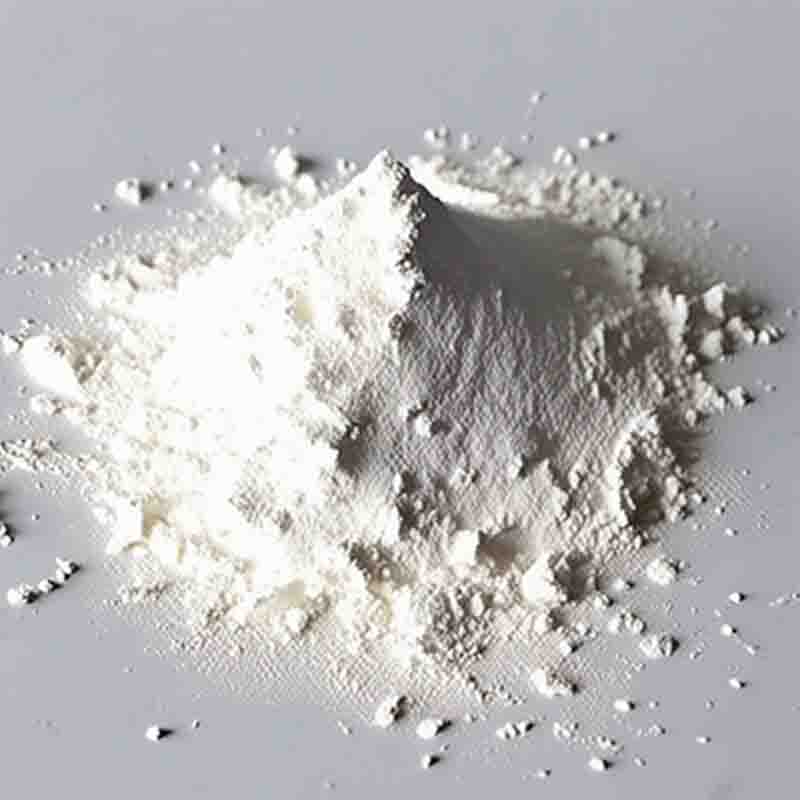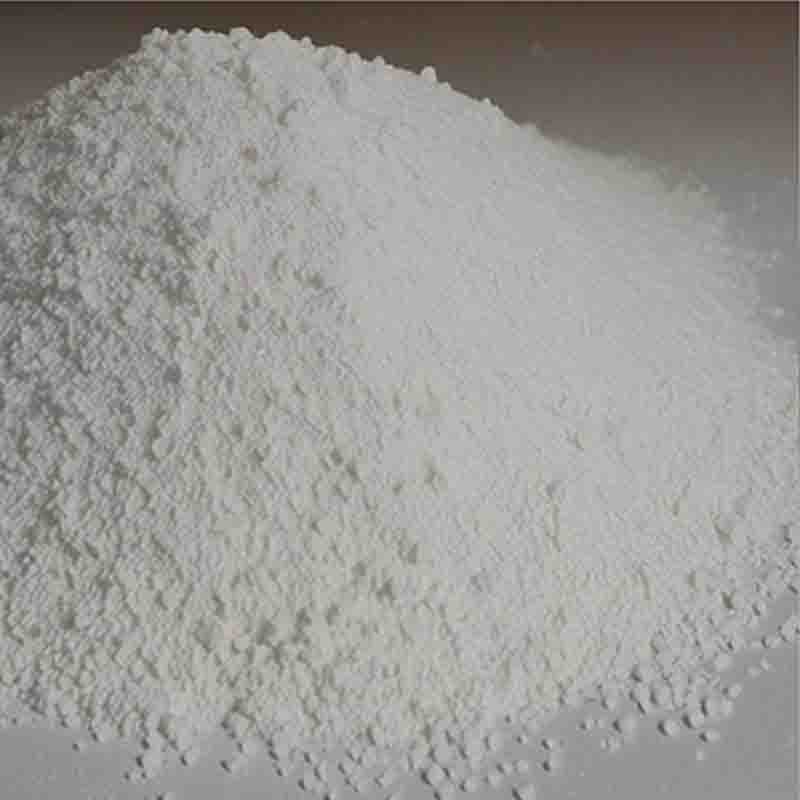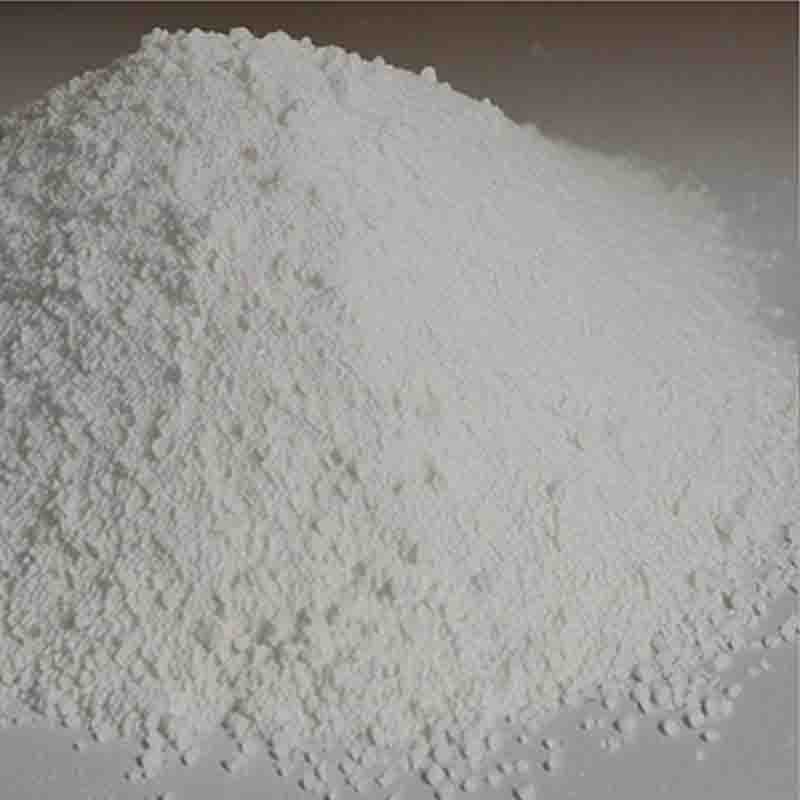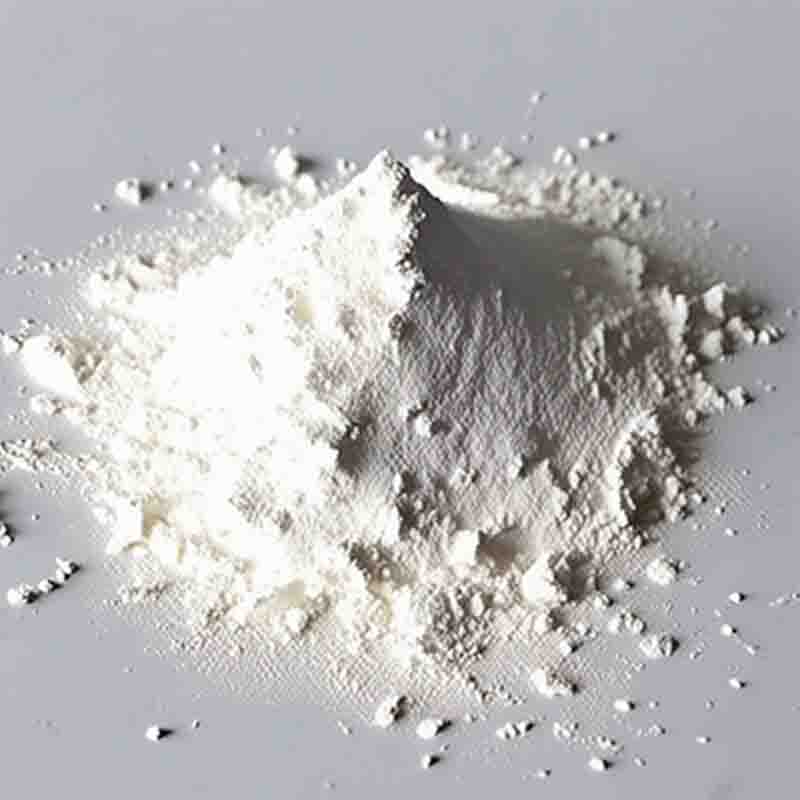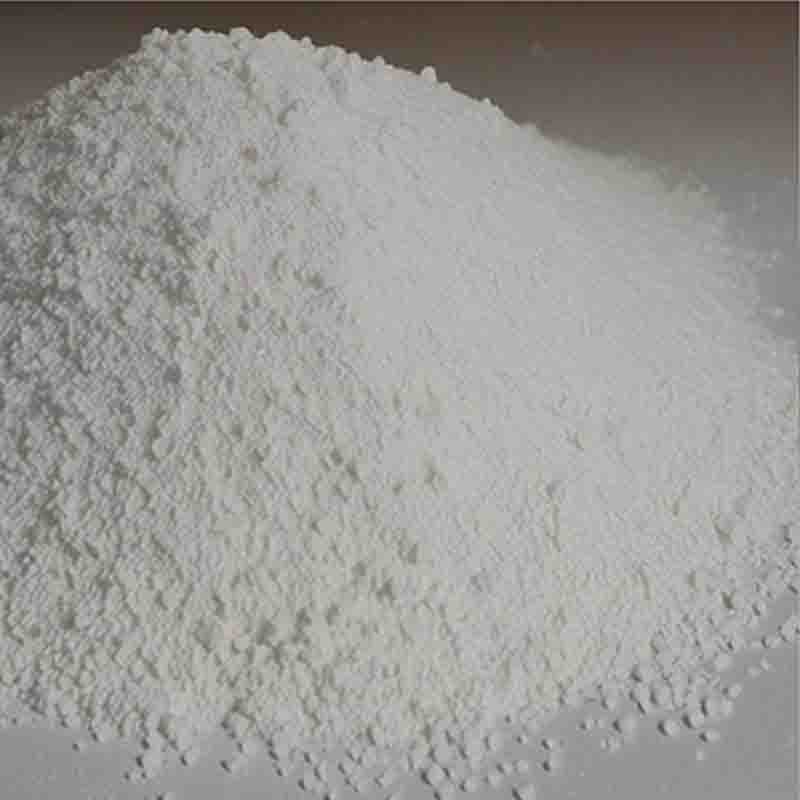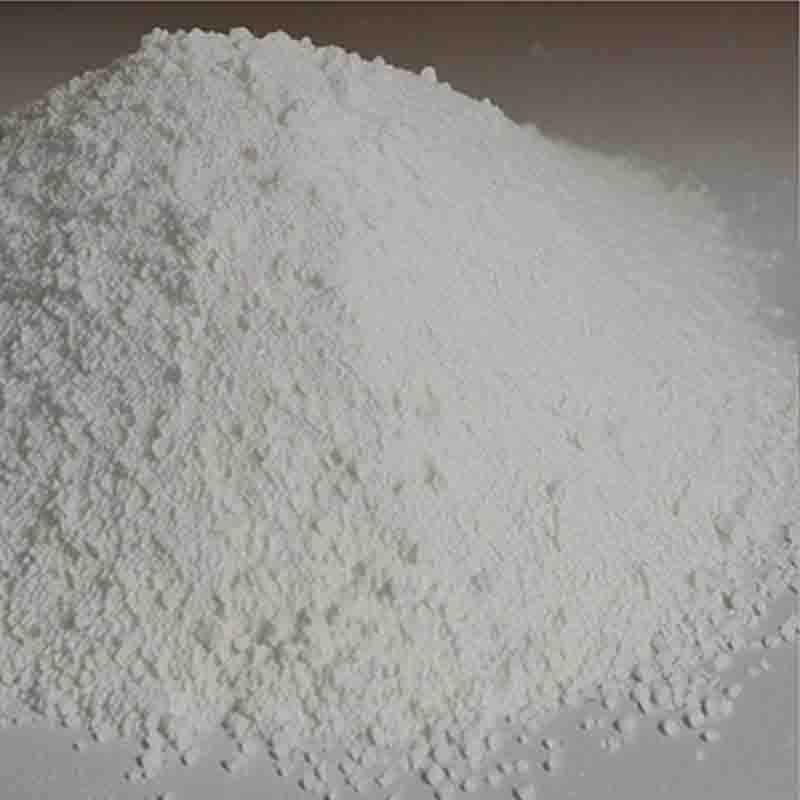(2R,3R,4R,5S,6S)-2-(Acetoxymethyl)-6-(4-chloro-3-(4-ethoxybenzyl)phenyl)tetrahydro-2H-pyran-3,4,5-triyl triacetate CAS: 461432-25-7
| Catalog Number | XD93361 |
| Product Name | (2R,3R,4R,5S,6S)-2-(Acetoxymethyl)-6-(4-chloro-3-(4-ethoxybenzyl)phenyl)tetrahydro-2H-pyran-3,4,5-triyl triacetate |
| CAS | 461432-25-7 |
| Molecular Formula | C29H33ClO10 |
| Molecular Weight | 577.02 |
| Storage Details | Ambient |
Product Specification
| Appearance | White powder |
| Assay | 99% min |
The compound (2R,3R,4R,5S,6S)-2-(acetoxymethyl)-6-(4-chloro-3-(4-ethoxybenzyl)phenyl)tetrahydro-2H-pyran-3,4,5-triyl triacetate is a complex organic molecule that has potential applications in several areas of chemistry and pharmaceutical research.One possible use of this compound is in organic synthesis. The presence of multiple functional groups, including acetoxymethyl, chloro, and ethoxybenzyl, offers various ways to manipulate and modify the molecule. Chemists can use this compound as a starting material to synthesize more complex organic compounds, such as pharmaceutical intermediates or natural product derivatives. By strategically selecting and modifying specific functional groups, researchers can tailor the compound's properties and enhance its desired properties, such as biological activity or solubility.Another potential application of (2R,3R,4R,5S,6S)-2-(acetoxymethyl)-6-(4-chloro-3-(4-ethoxybenzyl)phenyl)tetrahydro-2H-pyran-3,4,5-triyl triacetate lies in medicinal chemistry. The compound's structure contains several features commonly found in pharmacologically active molecules, such as a pyran ring and an aromatic benzyl group. Pharmaceutical researchers can explore the pharmacological potential of this compound by studying its interactions with biological targets, conducting structure-activity relationship studies, and evaluating its therapeutic efficacy. The presence of the triacetate group may also provide additional benefits, such as improved stability, increased lipophilicity, or enhanced membrane permeability, which are desirable properties in drug development.Furthermore, the compound's unique stereochemistry (2R,3R,4R,5S,6S) contributes to its potential as a chiral building block in asymmetric synthesis. The chiral centers present in the molecule provide an opportunity for the preparation of enantiomerically pure compounds, which are crucial in the production of pharmaceuticals and agrochemicals. Organic chemists can use this compound as a chiral starting material or introduce it into a complex synthesis pathway to obtain enantiomerically pure products.It is important to note that working with this compound requires expertise in handling and synthesizing complex organic molecules. Researchers should take appropriate safety precautions and ensure the compound's purity and characterization before use.In summary, (2R,3R,4R,5S,6S)-2-(acetoxymethyl)-6-(4-chloro-3-(4-ethoxybenzyl)phenyl)tetrahydro-2H-pyran-3,4,5-triyl triacetate holds promise as a versatile compound in organic synthesis, medicinal chemistry, and asymmetric synthesis. With its multiple functional groups and unique stereochemistry, it offers opportunities for the development of novel compounds with potential applications in various fields of science, including drug discovery, material science, and chemical biology.


